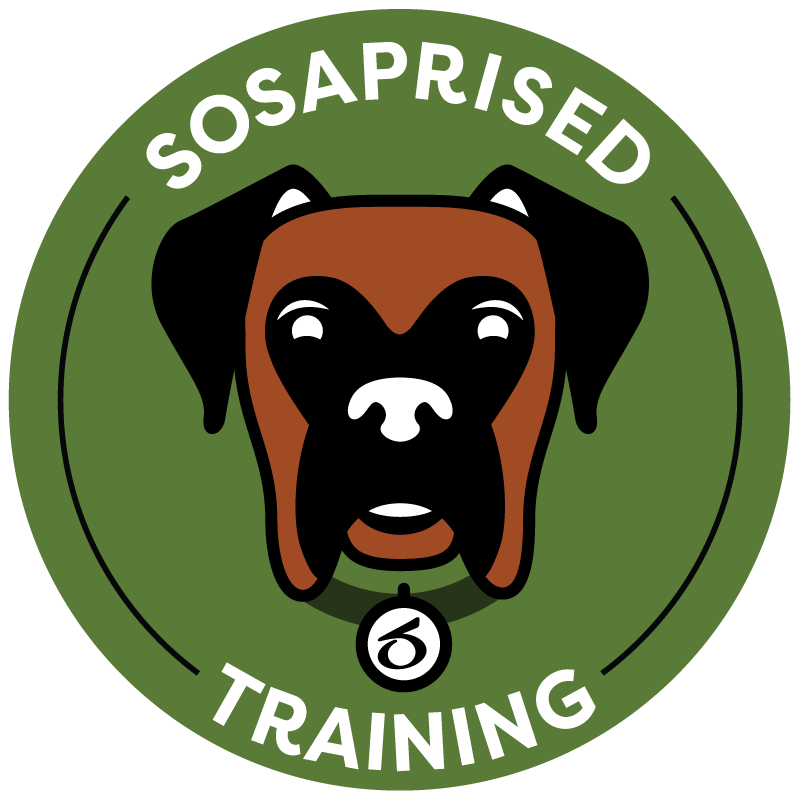Process & Purpose Part 4: It’s not personal it’s teaching
“Confidence is a habit not a trait.”
Finding yourself reacting to student responses in negative ways - getting angry or defensive, wanting to cry, feeling a burning sensation in your gut, or regretting your reaction in the moment? The hard truth is you are taking their behavior and/or reactions to your lesson/teaching personally.
Taking it personally is not the answer - that's insecurity. Remember, you already have enough 12-year old friends which is 0! You are their teacher, not their friend. You need to be a trusted adult, their #1 fan and advocate (someone who will listen and act), and someone who cares and believes in them, while defining a clear boundary as the grown-up in the relationship (not their peer).
Teaching is hard. You are human. Yes, taking it personally is natural - you have feelings too - and still, our job is to be consistent which means being calm, confident, and composed. Students are observing you, taking in your attitude and responses more than you know or even think. You are sending students very clear messages every time you respond or react. So are you making the right ones? Are you making decisions that align with who you are, your beliefs, and the kind of teacher you got into this profession to be? Students are looking to you to define what is right and act accordingly. While, yes, you are human and will make mistakes (that you will need to apologize for to your students - more on this in a future shog), students need you to be consistent - calm, confident, and composed. In the heat of the moment, it's hard to stop, take a breath (or 2 or 3), and analyze a student's behavior. It's still something we must do.
Remember, beneath every behavior there is a feeling. And beneath every feeling there is a need. And when we meet that need rather than focus on the behavior, we begin to deal with the cause, not the symptom.
How do you accomplish this? Here is my process:
Step 1: Admitting and naming the problem: you are taking student behaviors personally. This is the hardest part - the rest is a breeze!
Step 2: Next, you must know who you are and own it. Confidence and composure comes with being true to you. When you align your actions, decisions, and classroom routines/structures to your identity - who you are and who you want to be for kids - you will have more confidence in yourself and in your classroom, and you will decrease the likelihood that you will take a student’s behavior personally (and it will save you many tears). So take the first step in this process by answering these questions: who am I and who do I want to be for my students? If you want to learn my 4-step process for strengthening your teacher persona, aligning your identity to your approach in the classroom, and becoming the best teacher you can be for your students, read my previous shog: Process and Purpose Part 3: A New School Year.


